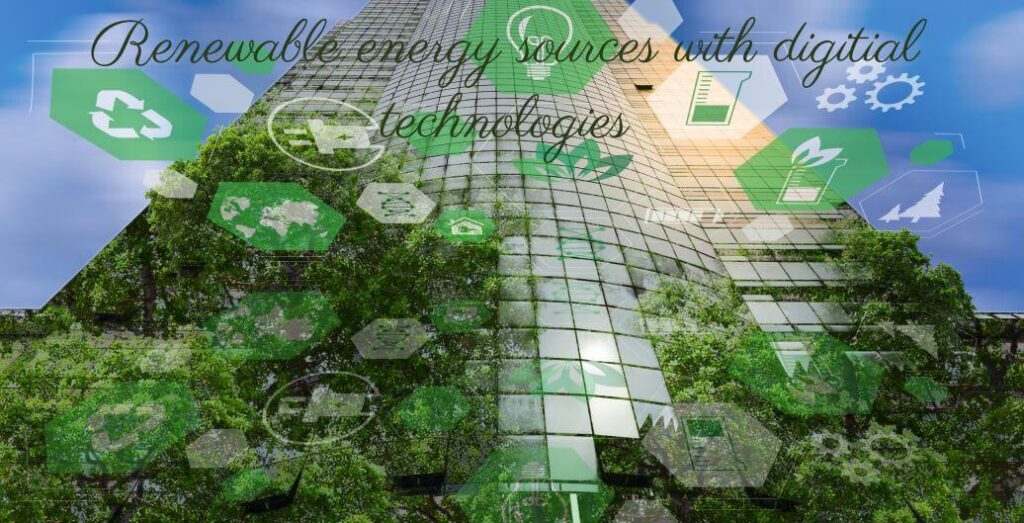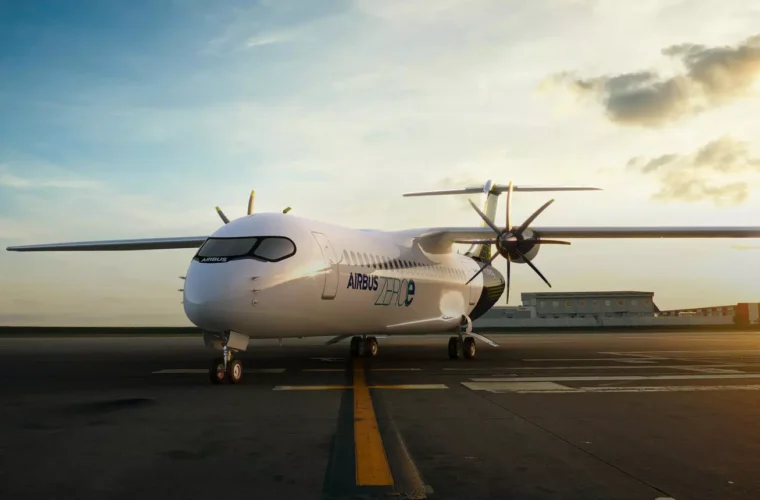What does “netting zero or net zero” mean?
Netting zero means no greenhouse gases are added to the atmosphere. Achieving it means reducing emissions as much as possible and balancing what is left by subtracting an equivalent amount. Greenhouse gases such as carbon dioxide (CO2) are released when we burn oil, gas, and coal for our homes, factories, and transportation. Methane is produced through agriculture and landfill. These gases cause the planet to overheat, trapping the sun’s energy. Rapid deforestation around the world means fewer CO2-absorbing trees and plants.
Climate Change Agreement
Under the 2015 Paris Agreement, 197 countries agreed to keep temperatures rising “well below” 1.5 degrees Celsius to avoid the worst effects of climate change. To achieve this, net zero must be completed by 2050.
Carbon balance is a vital part of the solution to the enormous challenge of achieving clean, zero emissions by 2050.
While reducing emissions should be a priority, compensation plays a vital role as a disincentive to transition to net zero.
By the end of the COP26 climate summit in Glasgow in November, negotiators felt a fragile sense of progress had been achieved. More than 80 percent of global emissions were covered by government commitments to achieve zero – the point where the number of greenhouse gases added to the atmosphere is equal to the amount removed. At the summit, key agreements were reached on deforestation, methane emissions, and coal production. At least 23 countries have made new commitments to phase out coal-fired power, including Southeast Asia and Europe.
Technology of Energy – Netting Zero
People are increasingly using the internet and technology. And as we talk about digital transformation and the need to digitize our daily lives further, it is understood that all new technologies can contribute to achieving netting zero.

Founded in the aftermath of the first oil crisis, the International Energy Agency has been making energy forecasts worldwide for decades.
According to one of the plans of the International Energy Organization, in 2050, the system will become more diversified. 20% of the world’s needs are met by solar energy, 16% by wind energy, and 20% by modern bioenergy. 11% is covered by atomic energy, twice as much as today: Hydroelectric, solar, and wind energy cover about 80% of electricity needs. The system balances the changes through batteries, hydrogen, and demand response mechanisms, systems that allow continuous power consumption without blackouts, despite intermittent supply. This is a much more complex and “smart” system than today.
Fossil fuels are gradually being abandoned. From 2020 to 2050, demand for coal will be reduced by 90%, oil by 75%, and gas by 55%. According to the scenario, fossil fuels cover 23% of our energy needs, but their use is accompanied by technologies that isolate the carbon dioxide they emit and store it underground. Investment in oil and gas is declining dramatically, while investment in new projects is stalling. The revenues of the major oil-producing countries from oil and gas sales are reduced by two-thirds, creating pressing macroeconomic conditions. Revenues from oil and gas taxes are reduced by 90%, meaning governments must find alternative sources of revenue. The fiscal challenge is global.
In summary, the most crucial part of achieving netting zero is the use of new technologies such as:
- Solar power
- Wind power
- Wave kinetic energy
- Tidal energy
- Geothermal energy
- Energy crops-biomass residues
- Hydropower
- The economy of hydrogen
Netting Zero Digital Technologies
Renewable sources of electricity generation are intermittent, and their management will require storage and flexibility in local and national systems. They will need scientists to innovate technologies for the transition to netting zero. As we understand, this will require better use of data and digitization skills so that the smart grid infrastructure provides a reliable system. Other areas for digital skills include hybrids, which need efficient digital control of batteries and engines to achieve the required range and logistics, where consolidating deliveries and reducing the number of vehicles on the road maximizes emission reductions.
Similarly, engineers will need to use the systems they think of to meet the complex challenges of carbon sequestration and will also play an essential role in enhancing the resilience of infrastructure and buildings to climate change.



